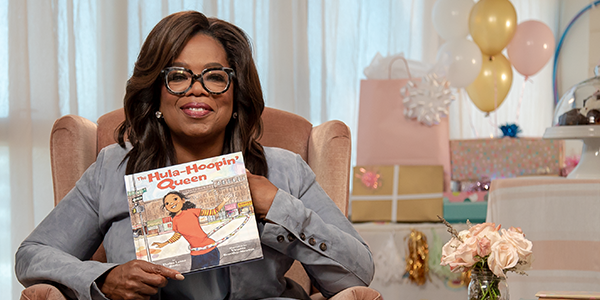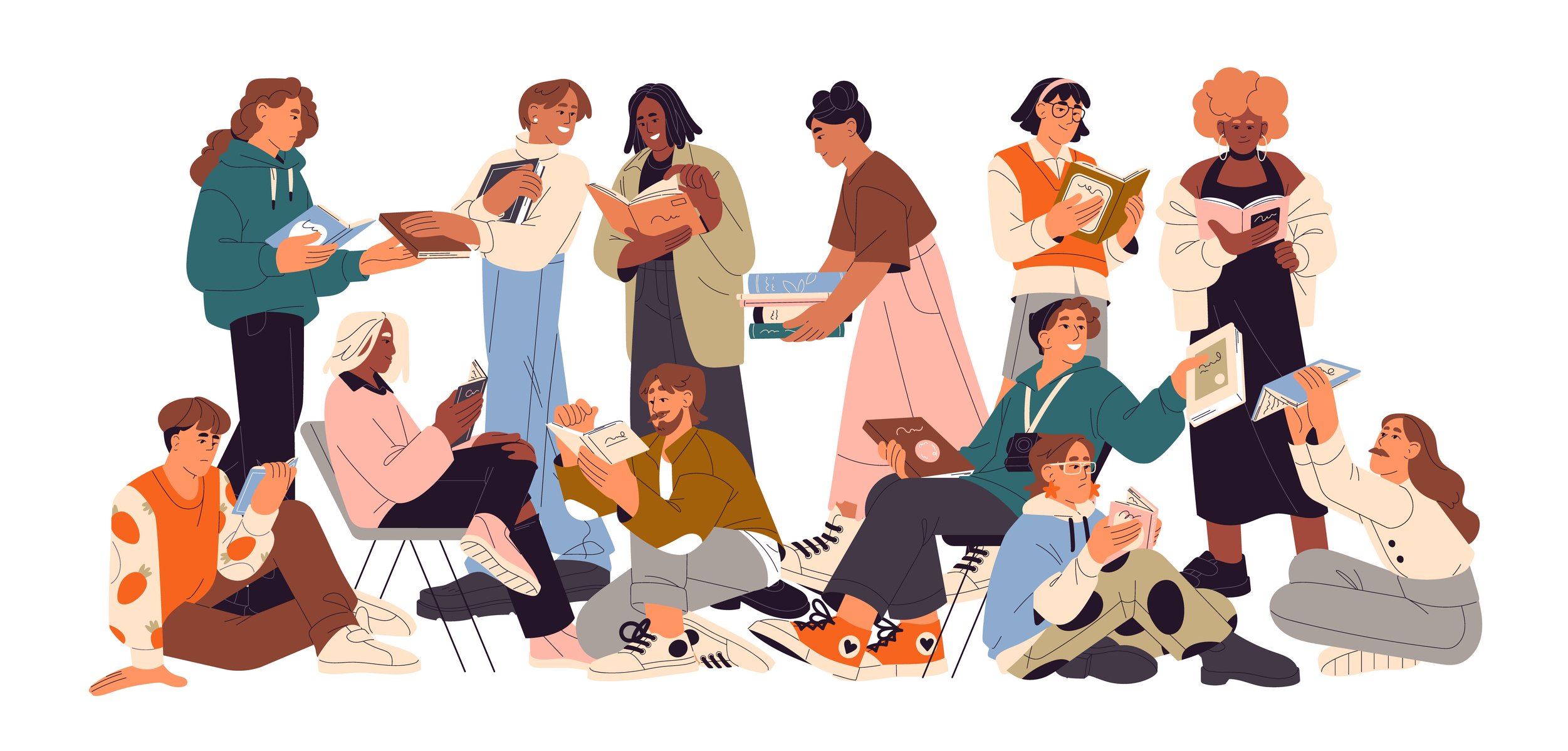About This Lesson
Kameeka is confident that today she will finally beat her rival, Jamara, and become the Hula-Hoopin’ Queen of 139th Street. But then Mama reminds her that today is their neighbor Miz Adeline’s birthday, and Kameeka has a ton of chores to do to get ready for the party they are hosting. Kameeka’s disappointed to be stuck at home and can only think about the hoopin’ competition. Distracted, Kameeka accidentally ruins Miz Adeline’s birthday cake, and has to confess to her that there won’t be a cake for her special day. But then Miz Adeline’s confesses something too: she’s also got the itch—the hula-hoopin’ itch! Her fingers start snappin’. Her hips start swingin’. Soon everyone’s hips are swinging as the party spills out onto the street. The whole neighborhood’s got the itch—the hula-hoopin’ itch! With vibrant illustrations by Vanessa Brantley-Newton, The Hula-Hoopin’ Queen is a charming celebration of family and community ties.
Storyline Online's The Hula-Hoopin' Queen is read by Oprah Winfrey, written by Thelma Lynne Godin and illustrated by Vanessa Brantley-Newton.









